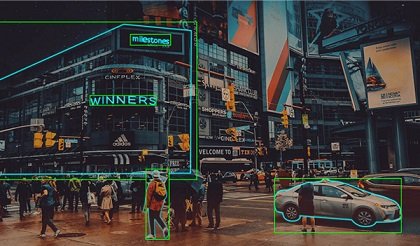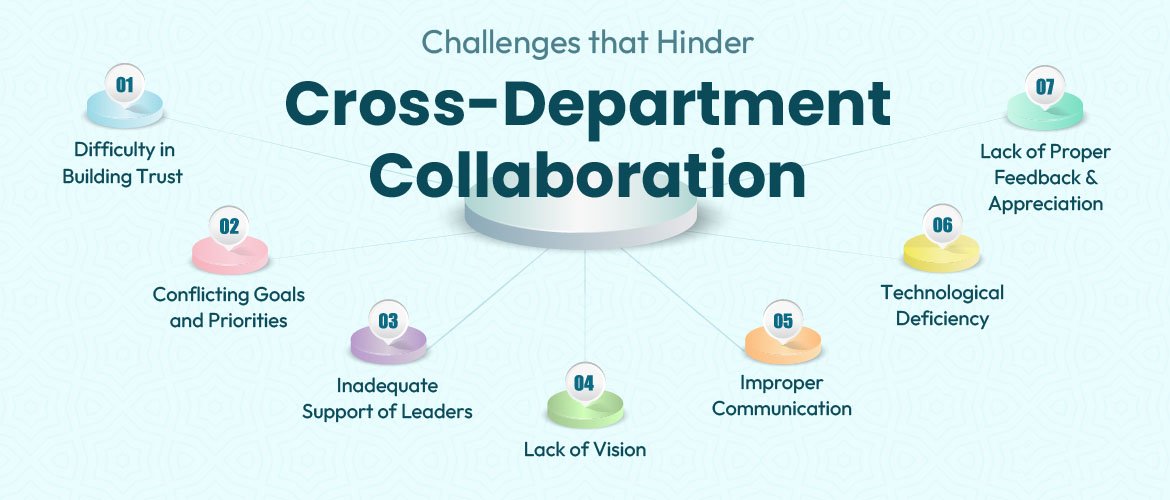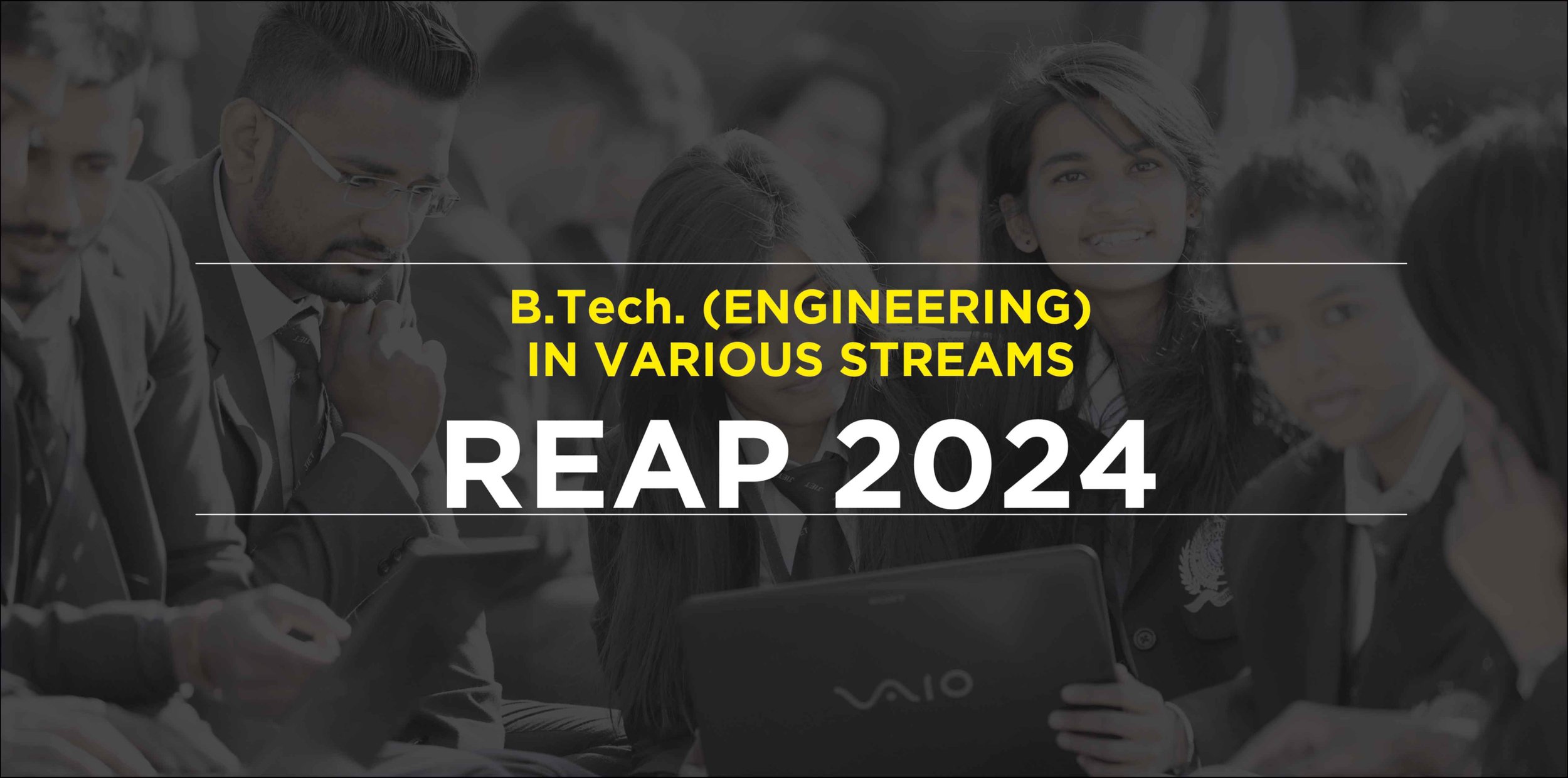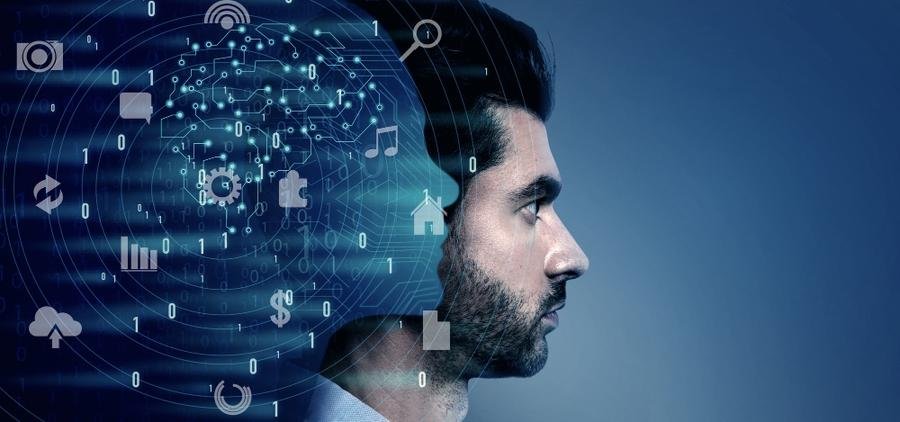Making computer vision real today
Computer vision is an interdisciplinary scientific field that deals with how computers can gain high-level understanding from digital images or videos. From the perspective of Engineering, it seeks to understand and automate tasks that the human visual system can do.

So what does it includes? Well, computer vision tasks include methods for acquiring, processing, analyzing, and understanding digital images and extraction of high-dimensional data from the real world in order to produce numerical or symbolic information, e.g., in the forms of decisions.
The scientific discipline of computer vision is concerned with the theory behind artificial systems that extracts information from images. The image data can take many forms, such as video sequences, views from multiple cameras, and multi-dimensional data from a 3D scanner or medical scanning device. The technological discipline of computer vision seeks to apply its theories and models to the construction of computer vision systems.
Thanks to advances in Artificial Intelligence and innovations in deep learning and neural networks, the field has been able to take great leaps in recent years and has been able to surpass humans in some tasks related to detecting and labeling objects. One of the driving factors behind the growth of computer vision is the amount of data we generate today that is then used to train and make computer vision better.
The demand for intelligent vision solutions from the edge to the cloud shows no sign of slowing down. Enterprises of every type want such applications for surveillance, retail, manufacturing, smart cities and homes, office automation, autonomous driving, and more. Increasingly, AI applications are powered by smart vision inputs until now, most intelligent computer vision applications have required a wealth of machine learning, deep learning, and data science knowledge to enable simple object recognition, much less facial recognition or collision avoidance.
Considering the capabilities of present-day computer vision, it might be hard to believe that there are more benefits and applications of the technology that remain unexplored. The future of computer vision will pave the way for artificial intelligence systems that are as human as us.
Submitted by - Harish Parmar
Branch - Artificial Intelligence (A1)
In today's fast-changing world, the lines between different subjects are unclear. Interdisciplinary learning—where knowledge from different fields.
At JIET, the drive to nurture entrepreneurship and leadership is more than just an initiative—it's part of our core mission. As we prepare students for a fast-changing world
In an ever-changing world, the need for visionary leaders and innovative entrepreneurs is paramount. JIET Universe recognizes this imperative and has developed specialized programs.
Technology is advancing rapidly, changing industries and societies. As we move through 2024, several new technologies will significantly impact various sectors.
The Rajasthan Engineering Admission Process (REAP) 2024 is a key step for students aiming for engineering degrees in Rajasthan. Conducted by the Rajasthan Technical University (RTU), REAP helps students get into B.Tech.
Turning a creative idea into a tangible product is both an art and a science. The design process is crucial in translating abstract concepts into real-world solutions.
At JIET Universe, we are committed to fostering academic excellence and ensuring education is accessible to all. We are delighted to announce a diverse range of scholarship opportunities.
JIET Universe is excited to announce new courses and expanded scholarship opportunities for the academic year 2024-2025. These advancements align with our commitment to providing high-quality education.
Ace Your Engineering Entrance Exam: Insider Tips Getting ready for engineering entrance exams? It's a big step, but don't worry! JIET College's own grads are here to guide you through it.
Are you concerned about keeping your digital conversations safe? Whether you're chatting with friends, attending online classes, or sharing sensitive information at work
Embark on an Unforgettable College Adventure - Are you ready to start your college journey at JIET Universe? Nestled in the vibrant city of Jodhpur, Rajasthan, JIET is more than just an institution
JIET Universe stands proud among Rajasthan's top computer science colleges. Here, we make AI (artificial intelligence) and ML (machine learning) big parts of learning. Our goal is simple:
In today's digital age, data is the new gold. From personal details to financial transactions, vast amounts of data are generated, stored, and shared every second.
When you think of the crème de la crème of technological research in India, the Indian Institutes of Technology (IITs) are undeniably at the top of the list.
The Joint Entrance Examination (JEE) is undoubtedly one of the most challenging competitive exams in India. Each year, millions of students aspire to crack this examination to secure a seat in premier engineering institutions,
As the sun rises on a new day, the technological landscape across the globe continues to evolve at a pace that was once unthinkable. Central to this transformation
Hey, future data wizards! Have you ever thought about where to harness the power of numbers in the sandy terrains of Rajasthan? If data science is your calling
In our ever-connected world, the increasing emphasis on data privacy isn't just a buzzword—it's a fundamental right. As we navigate the constantly evolving digital sphere,
In the fast-paced age of the 21st century, a burning question emerges: Will robots and AI eventually overshadow engineers? This query isn't exclusive to engineers;



















